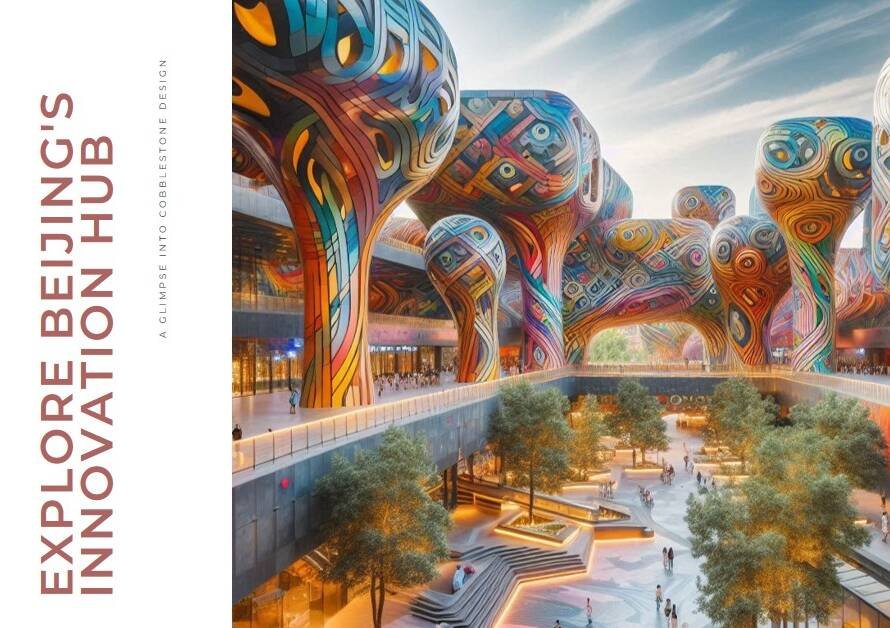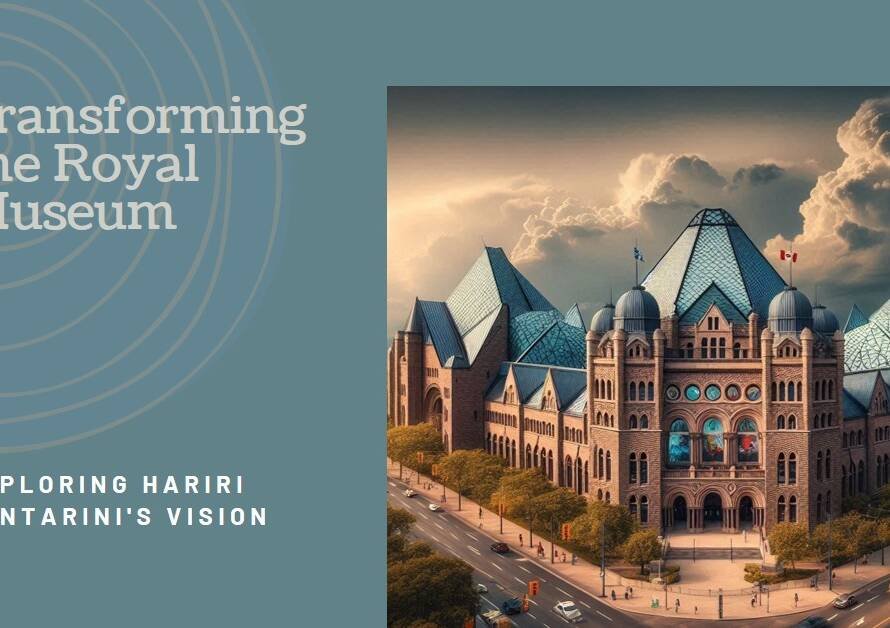
Table of Contents
1. Morning Rituals: The Day Begins of a 3D Rendering Artist
The day of a 3D rendering artist typically starts with a set of morning rituals that set the tone for productivity and creativity. From sipping a cup of coffee while reviewing project briefs to organizing tasks and prioritizing deadlines, the morning is crucial for planning the day ahead. Many artists use this time to catch up on industry news, browse design inspiration, or engage in quick sketches to stimulate creativity before diving into digital work.
2. Design Exploration: Unleashing Creativity
Once the morning rituals are complete, the real work begins with design exploration. This phase involves brainstorming ideas, conceptualizing designs, and creating initial sketches or mood boards to visualize the project’s direction. 3D rendering artists often collaborate closely with architects, designers, or clients during this stage to ensure alignment with project goals, aesthetics, and technical requirements. It’s a dynamic process that blends artistic vision with technical expertise to lay the foundation for compelling visual narratives.
3. Modeling Mastery: Crafting Digital Realities
The heart of 3D rendering lies in modeling mastery, where artists transform concepts and designs into digital realities. Using specialized software such as Blender, 3ds Max, or Maya, artists meticulously create 3D models of architectural structures, interior spaces, products, or characters. This stage demands precision, attention to detail, and a deep understanding of form, scale, and spatial relationships. Whether it’s sculpting organic shapes or modeling intricate architectural details, this phase showcases the artist’s technical skills and creative flair.
4. Texture Tales: Adding Life and Depth
Textures breathe life and depth into 3D models, enhancing realism and visual appeal. During this phase, artists meticulously apply textures, materials, and surface finishes to their models, carefully considering factors like color, reflectivity, roughness, and transparency. They may create custom textures from scratch or use pre-made libraries, always striving for authenticity and visual impact. Texture mapping techniques such as UV unwrapping and procedural texture generation play a vital role in achieving lifelike renderings that captivate viewers.
5. Lighting Wizardry: Setting the Mood
Lighting is a pivotal element in 3D rendering, influencing mood, atmosphere, and storytelling. Artists harness the power of virtual lighting setups, global illumination techniques, and HDRI environments to create realistic lighting scenarios. They experiment with different light sources, intensities, colors, and shadows to evoke emotions, highlight key features, and convey spatial qualities accurately. The interplay of light and shadow brings scenes to life, transforming flat models into immersive visual experiences.
6. Rendering Alchemy: Transforming Digital Data into Visual Magic
Rendering is the alchemy that transforms raw 3D data into stunning visual imagery. Artists leverage powerful rendering engines such as V-Ray, Corona Renderer, or Unreal Engine to achieve photorealistic or stylized renderings based on project requirements. They fine-tune rendering settings, optimize materials, and iterate on lighting setups to achieve desired outcomes. The rendering process demands patience as high-resolution images or animations undergo computational calculations to capture nuances of light, materials, and environment interactions.
7. Post-Processing Flourish: Refining Visual Masterpieces
After rendering, artists enter the realm of post-processing to refine and polish their visual masterpieces further. Using image editing software like Adobe Photoshop or Affinity Photo, they enhance colors, adjust contrast, add atmospheric effects, and composite additional elements to elevate the final output. Post-processing also involves addressing any imperfections, optimizing image composition, and ensuring visual coherence across different scenes or perspectives.
8. Client Collaboration: Navigating Feedback and Revisions
Collaboration with clients or stakeholders is a crucial aspect of a 3D rendering artist’s workflow. This phase involves presenting initial drafts or renderings to clients, gathering feedback, and incorporating revisions based on client input. Effective communication, flexibility, and a keen understanding of client expectations are essential for successful collaborations. Artists balance artistic vision with client requirements, ensuring that the final deliverables align with project objectives and exceed expectations.
9. Portfolio Curation: Showcasing Skills and Expertise
Building and maintaining a strong portfolio is key to showcasing skills, expertise, and creative vision in the competitive world of 3D rendering. Artists curate their portfolios with a diverse range of projects, highlighting technical proficiency, attention to detail, artistic style, and project outcomes. A well-presented portfolio not only attracts potential clients or employers but also serves as a testament to the artist’s growth, versatility, and commitment to excellence in visual storytelling.
10. Continuous Learning Journey: Evolving with Technology and Trends


The journey of a 3D rendering artist is one of continuous learning and adaptation to evolving technologies and industry trends. Artists engage in ongoing skill development, exploring new software tools, mastering emerging rendering techniques, and staying abreast of design innovations. They participate in online courses, workshops, industry events, and collaborative communities to broaden their knowledge, network with peers, and stay inspired on their creative journey in the dynamic world of digital visualization.


